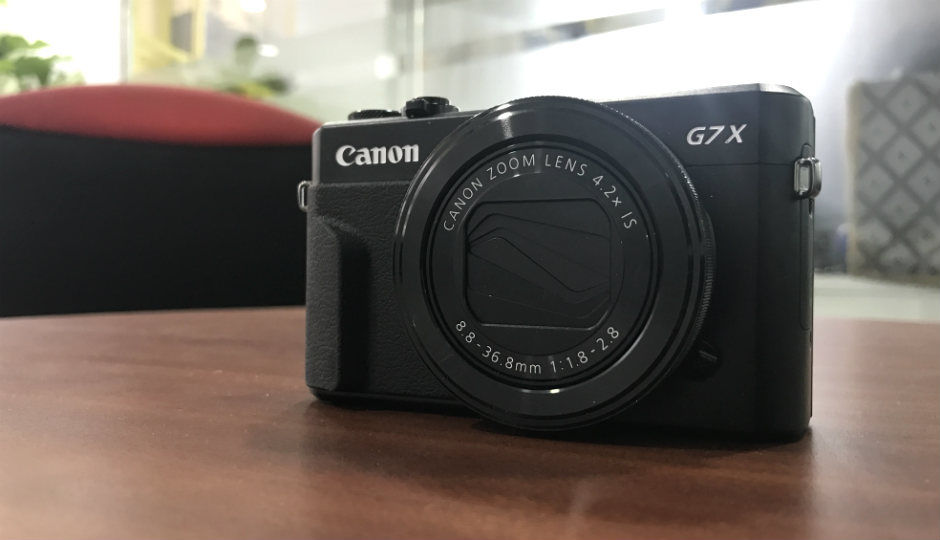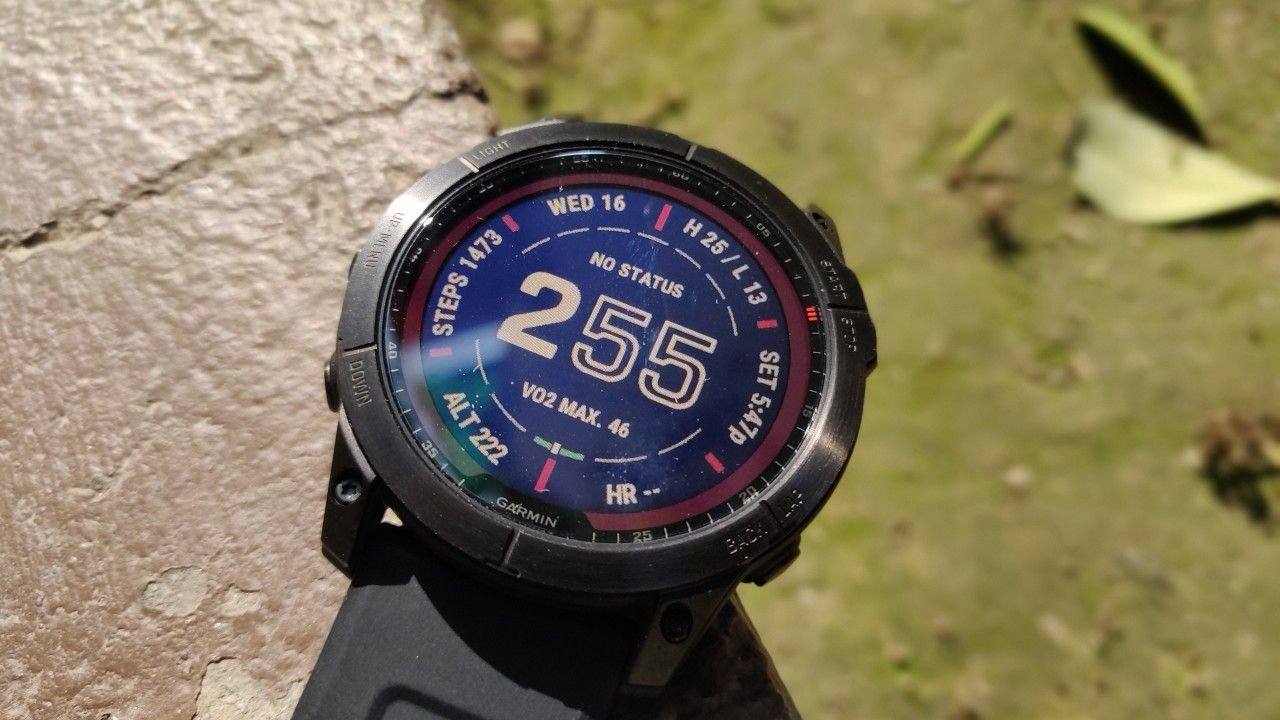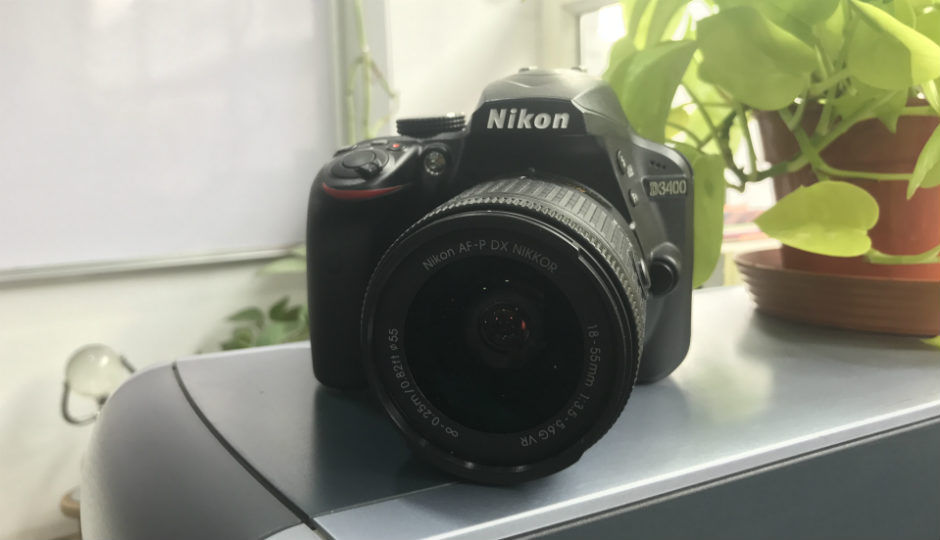
Nikon D3400 detailed review
Nikon’s latest launches in the entry segment of DSLRs have mostly been incremental upgrades. The D3400 in question here is essentially the D3300 with a smaller body and Snapbridge, and as such, falls in line with most incremental camera upgrades taking place these days. It is quite neat, though, packing in a tried-and-tested 24.2MP APS-C sensor and an older generation EXPEED 4 image processor with the same metering and autofocus mechanism into a highly compact body that will have veteran DSLR users doubling back to check if it really is a DSLR body. Nikon also launched a new line of AF-P lenses that are quieter than the outgoing AF-S models, and the D3400 is being paired with the new 18-55mm kit lens for beginners.
With barely any difference to pick out, we take a look at exactly how well the Nikon D3400 performs, and whether it really is recommendable for first-time owners of interchangeable lens cameras (ILCs).
Performance
Colour, dynamic range and vibrancy
Having used this very sensor in previous Nikon cameras, we did not really expect out-of-order aberrations, and neither did we experience any such moments. The D3400 produces very good colours across a wide array of situations, with crisp and vibrant bold colours and good dynamic range signature to Nikon’s usual imaging performance.

Colours are sharp and accurate
The colours look crisp and punchy, and this sensor retains highlight areas and shadow zones with a deft touch. This helps in retaining the colour accuracy of diverse areas within brightly lit, diversely arranged compositions. The metering sensor, while shooting in RAW also picks out the highlight and shadow areas really well, and this gives you a fairly deep scope of post-processing photographs to bring out correct colour shades and tones, detailed shadows and smooth highlights.
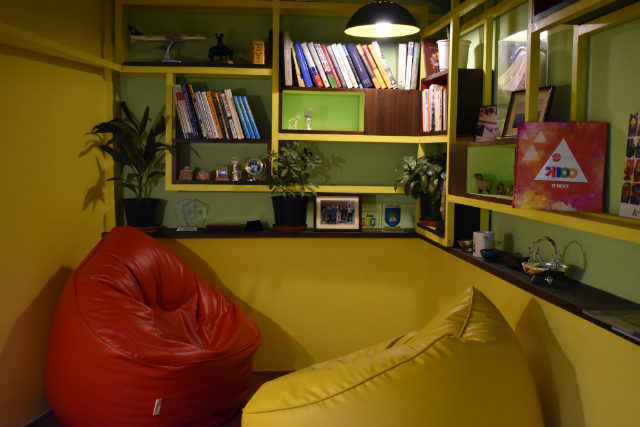
The Nikon D3400 produces impressive dynamic range
You can also underexpose frames with significantly differing exposure areas while shooting in RAW, and the D3400’s good dynamic range, true-to-source and amply vibrant colours combine to allow post-processing recovery of shadow areas. This allows you to successfully retain details while keeping the colours intact. Even with differing shades of the same colour, the Nikon D3400 shoots in good level of colour details.

Underexposing to save highlights
The colours also retain good vibrancy for a camera of this price and range, and all of this leads to clean photographs with bright, accurate colours that look sharp enough. Good dynamic range further aids colour reproduction along with details.
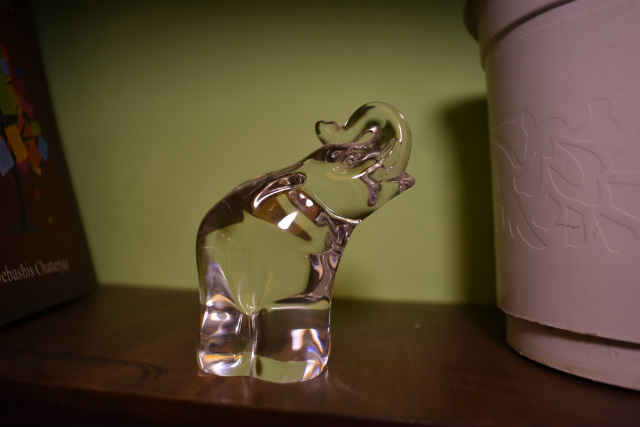
Excellent contrast levels here
White balance and colour saturation
Continuing the good work it does with colours, the Nikon D3400 produces good auto-calibrated white balance across scenes. It reads situations well as per ambience, not going off-the-mark with warm environments, as many budget DSLRs tend to do. You can also opt for manual white balance adjustment with the presets, or your custom colour temperature as you require. All of this works as intended, and is true to the environment you shoot in.

Neutral greys, deep blacks, clean whites
When it comes to colour saturation, the Nikon D3400 produces slightly richer saturation levels than the competing Canon EOS 1300D. Colours are more vibrant here, and that also leads to more saturated colours, particularly bold reds. Yellows and blues are more subtly optimised, and the overall performance of the camera yields good colour saturation points. For RAW shooters looking to tinker with the colours, setting picture control to flat does the job as intended.

Saturation levels are rich and slightly on the higher end
You also get Nikon’s tried-and-tested Active D-Lighting mode for illuminating shadows and balancing the colour composition of photographs, and this also preserves colour compositions very well. The Nikon D3400 produces amply deep blacks and clear whites with greys that are a tad on the deeper side. That, though, does not significantly deter the colour performance from optimum.
Details and sharpness
The Nikon D3400 produces a good level of fine detail in JPEG compression, which is the file format most users of this camera will shoot in. Intricate subjects are well composed here, even with noise reduction at play. Sharpness is slightly compromised, and taut edges look a bit loose. Photographs do not really lose out on crisp edges, but are slightly softer than photographs shot by the EOS 1300D.

Notice the slight softness despite decent fine detailing

The details improve as you rely less on noise reduction without significant increase in noise, at least in bright scenarios. This is a notable upper hand that the Nikon D3400 gets over its rivals. On overall terms, the Nikon D3400 produces sufficient levels of details in photographs shot in macro, falling light, landscape and other common areas of shooting, making this a good first-camera for casual shooters.

Good intricacy here, too
Image noise and ISO performance
Yet another area where the Nikon D3400 excels is in image noise levels. The camera produces excellent photographs with minimal noise in brightly lit scenes, and even with falling light, does well to hold on to minimal noise rendering. In RAW files, the Nikon D3400 produces less noise than many competitors, and there is not much trace of aliasing unless you shoot intricate objects or very similar colour shades.
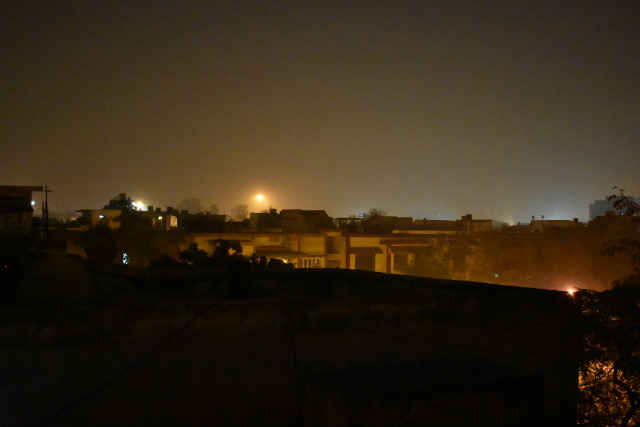
Fairly decent noise performance
This essentially gives you some of the cleanest JPEG translations we have ever seen in this segment of DSLRs, within the Nikon D3400 producing low noise files uniformly across scenes. In terms of ISO performance, the Nikon D3400 does start rendering significantly high noise levels upward of ISO 1600, although it does not really affect the good colours at ISO 3200. This gives you more room to shoot at night or in darker areas, something that budget DSLRs often struggle to do. The Nikon D3400 is definitely superior to competitors in terms of details and colours, and ISO performance is quite good on overall terms.

Low ISO performance is great, too
Autofocus
Although the autofocus mechanism here is very easy to use and control in most situations, the 11-point phase detection autofocus is rather dated. It is reasonably fast, but feels sluggish in live view. It also struggles to lock on to fast-moving objects, and it takes a while to master shooting with the D3400 for fast responses.

Autofocus is tricky for soft but fast movements
On overall terms, the Nikon D3400 has decent autofocus performance that is at par with most other cameras in this segment. It is just not anything exceptional, getting the job done with a few occasional hiccups. The new AF-P lens is a silent shooter, and you may often miss out on intricate focusing adjustments, giving you an adjustment curve to the autofocus mechanism.
Image samples

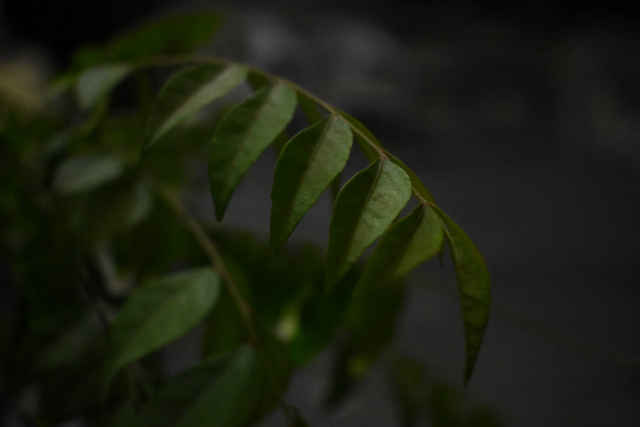
Low-noise shots, even in low light
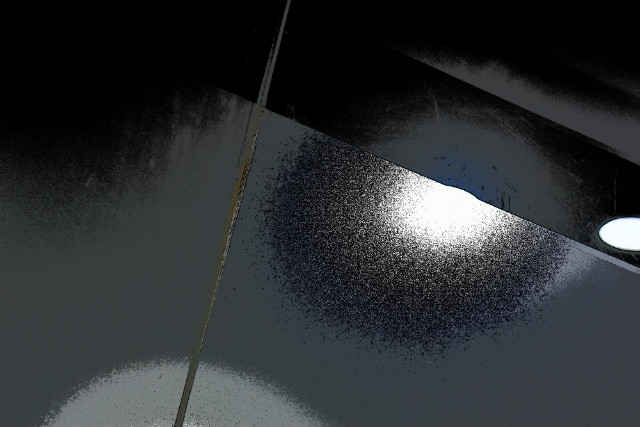
Some of the fun preset modes you can play around with
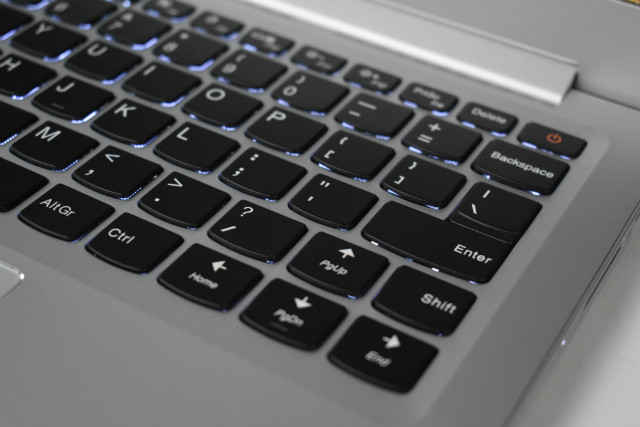

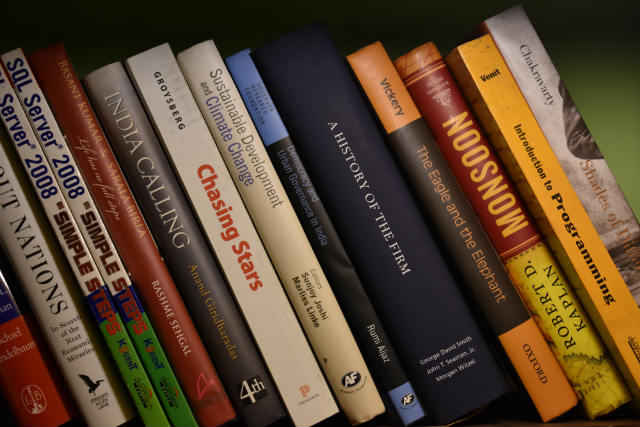

Build quality and ergonomics
The Nikon D3400 retains a largely similar build, which also happens to be the smallest of its competitors. This has mixed repercussions – you would appreciate this if you’re a first-time user and are not used to bulky bodies. But, if you have used a DSLR before, you may find it a tad too small.
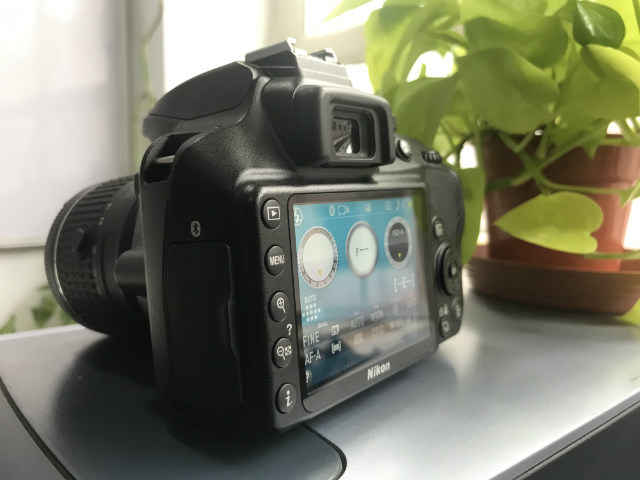
Nikon, though, is targeting the former group of users with the D3400. Somehow, the camera misses out on an external mic port, ultrasonic sensor cleaning, and the range of the built-in flash is restricted to 7m at ISO 100. Each of these are downgrades from the D3300, which included the mic port, sensor cleaning and flash range of 12m at ISO 100.
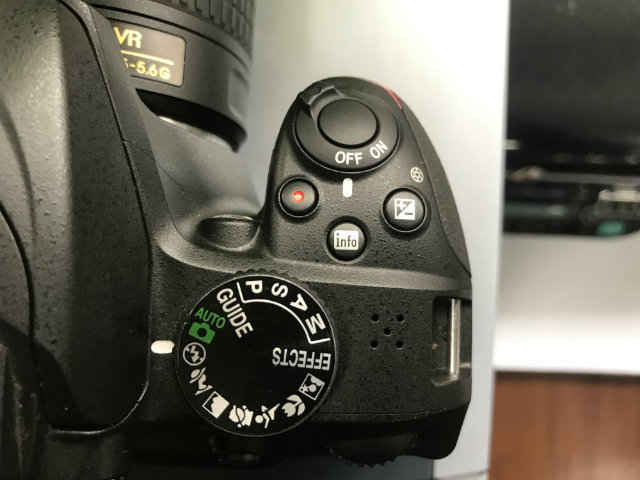
Despite such dimensions, the camera offers ample hand grip, and great ergonomics as well. Button layout is familiar, and the 921k-dot fixed viewfinder is not touch-enabled. This is a major deterrent against the Canon EOS 1300D’s 1.04m-dot articulating touchscreen LCD, which means shooting with the Nikon D3400 in difficult situations and angles would be cumbersome. The lack of touchscreen also means that there’s no continuous touch-to-focus, and all of these factors do count when you consider that this camera will mostly be bought by beginners and amateurs.
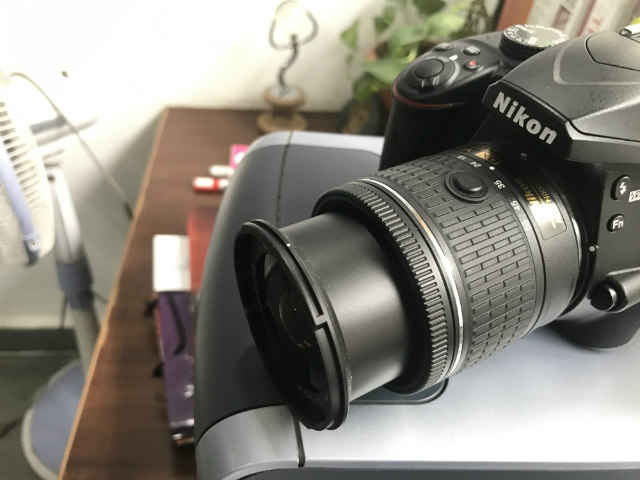
Apart from that, everything about this camera including the user interface, controls and toggles remain the same. The body still doesn’t get weatherproofing, which means that you would require an upgrade once you get accustomed to shooting with DSLRs.
Connectivity, ports and battery life
One thing that Nikon has included in the D3400, though, is SnapBridge. This Bluetooth pairing with phones allows you to either quickly transfer 2MB compressed JPEGs for instant sharing on social media, or you can choose to transfer full size photographs, which take rather long for the average 8MB file. Other ports on the camera include a SATA connector for the USB cable (for much faster transfers), and a mini-HDMI.
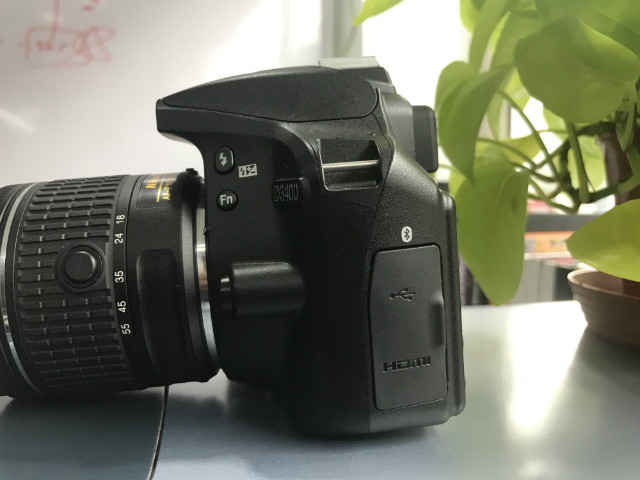
Battery life has also significantly improved with the Nikon D3400, and we could shoot a full cycle of a little over 1,000 stills and 85 minutes of Full HD 60fps video. This is fairly impressive, and with a little more careful usage, you may even be able to shoot over 1,400 stills in total. Idle discharge is minimal, and the battery itself takes a maximum of one hour and 15 minutes to charge from empty.
Bottomline
The Nikon D3400 is the best budget DSLR in the market right now, but not without a few flaws. It delivers class-leading imaging performance, and now begs for an upgrade to the autofocus mechanism. The very light body and easy controls aid usage, but the external mic port, ultrasonic sensor cleaning, touchscreen and a second control toggle are missed. It adds Bluetooth and betters battery life, both of which are important for anyone setting out to learn photography.
However, the limitations of its small body and the lack of weather sealing mean that beyond three years or so, you would need to upgrade the body if you grow more serious about photography. Apart from that, and coupled with the new, uber smooth AF-P lenses, the Nikon D3400 is the camera to buy.
[ad_2]
Source link

